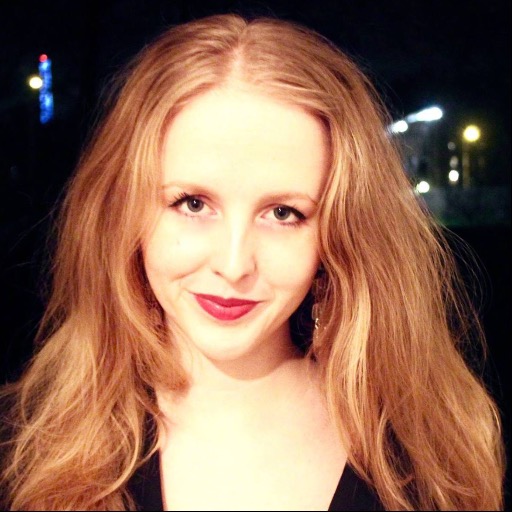Halloween – not as death obsessed as you might think

Although it is quite new that we carve pumpkins and that children dress up, knock on doors and say "trick or treat", Halloween has much older roots. Some customs seem to have survived in popular religiosity and were revived in Ireland in the 19th century, then spread to the United States by Irish migrants.
Halloween is celebrated in many places, but the holiday has not always been about death. Manon Hedenborg White, associate professor of history of religions, explains how it came to be the trick-or-treating, pumpkin-carving holiday that it is today.
How and why did Halloween come about?
Although it is quite new that we carve pumpkins and that children dress up, knock on doors and say, "trick or treat", Halloween has much older roots. Among the pre-Christian Celts, Samhain was celebrated, a festival that falls between the autumnal equinox and the winter solstice. Samhain marked the end of summer and harvest time and the beginning of the dark, cold winter,” says Hedenborg White, she continues:
“Little is known about the pre-Christian Samhain celebration, but scholars believe that people lit bonfires, sacrificed animals, and dressed up to scare away malevolent spirits. The Celts believed that the boundary between the human world and the spirit world was particularly permeable during the dark season, and that this could be dangerous.
“However, in pre-Christian times, people do not seem to have seen Samhain primarily as a celebration of death or the souls of the departed. This connection has instead arisen during the Christian Middle Ages when the Roman Catholic Church gradually instituted a festival honouring the martyrs, saints and the deceased that coincided with the ancient celebration.
“Some older customs, such as dressing-up or making lanterns from pumpkins, seem to have survived in popular religiosity and were revived in Ireland in the 19th century, then spread to the United States by Irish migrants. Today, Halloween is seen by many as a children's holiday, but at the same time a lot is about symbolically portraying darkness and death, albeit in a playful way. Thus, Halloween is related to All Saints' Day and to other holidays dedicated to the dead that are celebrated around the same time in different parts of the world, such as the Day of the Dead in Mexico.”
Why do we celebrate Halloween in Sweden?
“In Northern European folklore, there have long been beliefs similar to the Celtic ones that the border between the worlds is thin during this part of the year, but more concretely, our modern version of Halloween was imported to countries across Europe from the USA. During the 1950s, there are scattered examples of American students organising Halloween celebrations in Swedish university towns.
"It is also around the 1950s that it starts to become common among Swedes to celebrate All Saints' Day. But it is really only in the 1980s and 1990s that the celebration of Halloween seriously began to spread. One can imagine that the spread of Halloween in Sweden was facilitated by the similarity with parts of our Easter celebrations: during both Maundy Thursday and Halloween it is common for children to dress up and knock on doors.”
